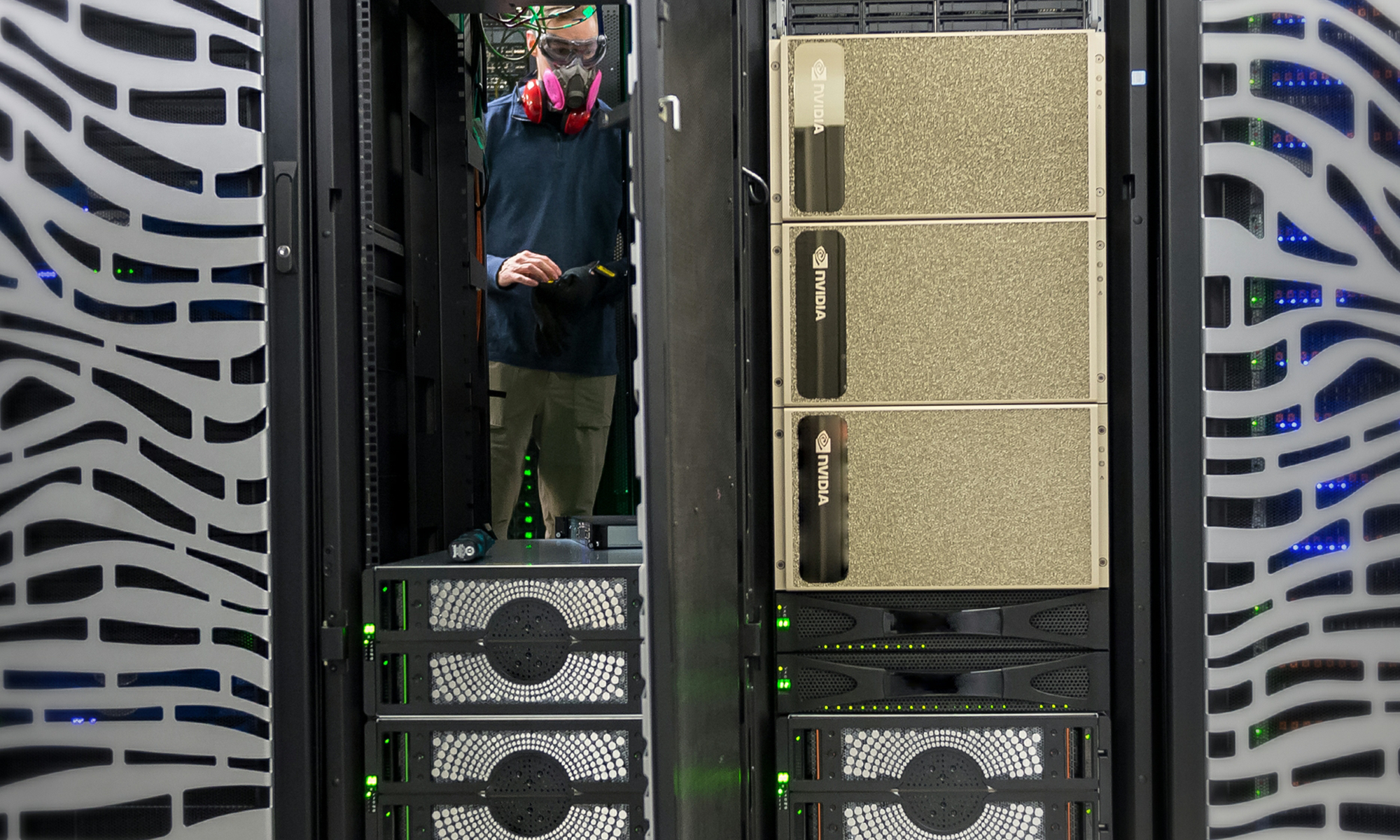Yesterday, I had a conference call with NVIDIA (NVDA 0.05%) Vice President of Investor Relations Rob Csongor to discuss the company's most recent earnings release. Here are my takeaways.
Going after the "other half"
The company has made it clear that its smartphone strategy going forward will be to target the mid-range segment that's currently being addressed by Qualcomm's (QCOM 2.25%) Snapdragon S400 chip. NVIDIA expects the upcoming Tegra 4i to deliver three times the performance of the S400.
The way that NVIDIA sees it, the high-end smartphone market is totally dominated by Apple and Samsung, both of which use in-house applications processors as much as possible. Apple only uses A-chips nowadays, and Samsung uses both its Exynos chips and Qualcomm's Snapdragons. These are two OEMs that NVIDIA doesn't think are worth pursuing.
Instead, the company is targeting what Csongor refers to as the "other half" of the market. Indeed, Apple and Samsung combined comprised exactly 50% of the smartphone market in the first quarter, according to IDC's estimates. It's the LGs, Huaweis, ZTEs, and HTCs of the world that NVIDIA is going after, particularly in the 1,000 yuan segment in China.
However, Apple is expected to move downmarket into the mid-range with affordable iPhones, which could put pressure on NVIDIA's addressable market. Csongor wasn't deterred though, expressing confidence in Google Android's stickiness.
Who needs the PC?
NVIDIA's GPU sales have held up remarkably well in the face of a declining PC market. Csongor attributes this to the notion that, contrary to popular belief, NVIDIA doesn't exactly address the PC market directly. Instead, NVIDIA sells to gamers, who just so happen to use PCs as their weapon of choice. This subset of enthusiastic PC users is still strong, as evidenced by 8.1% increase in GPU revenue compared to the 14% decline in worldwide PC units.
Even though Microsoft (MSFT +0.24%) Windows 8 is receiving a cold reception, NVIDIA remains "platform agnostic" for the most part. It's inconsequential to NVIDIA whether or not gamers prefer Windows 7 or Windows 8 -- so long as they're still gaming on NVIDIA video cards.
Three's company
NVIDIA also has opportunities in Windows RT, even if it has reservations, as well. Csongor expressed that one of the biggest challenges with Windows RT is Microsoft's desire to exert control over hardware partners. It's known that the company dictated to its ARM-based chip partners how many OEMs they could pair with.
Of the three that Microsoft initially named, Texas Instruments abandoned mobile altogether, and Qualcomm has less experience with Windows software and drivers, giving NVIDIA some advantages. Still, the limits imposed by Microsoft mean that there are only three Tegra-powered Windows RT devices right now: Microsoft Surface RT, Lenovo Yoga 11, and ASUS VivoTab RT. None of those are blockbuster devices.
Catching a ride
The auto segment is also growing. NVIDIA expects auto sales to double this year, and auto revenue to reach $450 million by fiscal 2016. In comparison, Csongor said that auto is currently at about a $100 million run rate. In contrast to the mobile market, car design cycles are extremely long, so even if NVIDIA is able to score a win, it takes years before the model will actually ship.
In addition, auto is inherently a much lower volume business than mobile, but the opportunities in powering navigation systems and infotainment consoles are entirely incremental.
Defending Shield
I've long been a skeptic of Shield, which was just priced at $349. NVIDIA saw a need in the market, because many touchscreen games on Android are better played with a controller. That need has spawned all sorts of aftermarket accessories that are far from convenient. As a company of gamers, NVIDIA simply built what it would want.
My biggest qualm with Shield is price. There's definitely interest in hardware controllers for Android games, but $349 seems excessive for a stand-alone device, when consumers can buy third-party controllers for as little as $25 for existing Androids. They're admittedly less convenient -- but is that convenience worth $325?
Csongor interestingly compares Shield's early impressions to the iPad. When Apple debuted its tablet, it was derided as useless and nothing more than a "bigger iPhone." He thinks Shield will similarly prove skeptics wrong.
Csongor also points out that the big difference between Shield and other handheld gaming consoles (that are declining) like Sony's PlayStation Vita, or Nintendo's 3DS, is that it taps into Android's open platform. The traditional model of giving away hardware at cost in order to generate long-term software licensing profits is dead. It will be replaced by a model where hardware is sold at a margin, and users will have access to a vast and open ecosystem of affordable gaming content provided by a wide range of developers, big and small.
Shield's saving grace is that, because NVIDIA already sources many of the components through its mobile business, Shield only required relatively small incremental investments and amounts to a cheap experiment. It won't break the bank if it fails. Shield is sold at a hardware margin, since NVIDIA won't profit off Google Play content sales.
What's next?
Going forward, NVIDIA's top priority is getting the Tegra 4i certified at AT&T, which is expected in the fourth quarter. By the first quarter of next year, Tegra 4i-powered smartphones should start hitting the market. The regular Tegra 4 should begin ramping in the third quarter in time for the holiday season.
Qualcomm looks set to have a comfortable 2013 on the smartphone front, considering NVIDIA's strategic decision to delay the Tegra 4 in order to accelerate the Tegra 4i. Can NVIDIA put the heat on next year?








